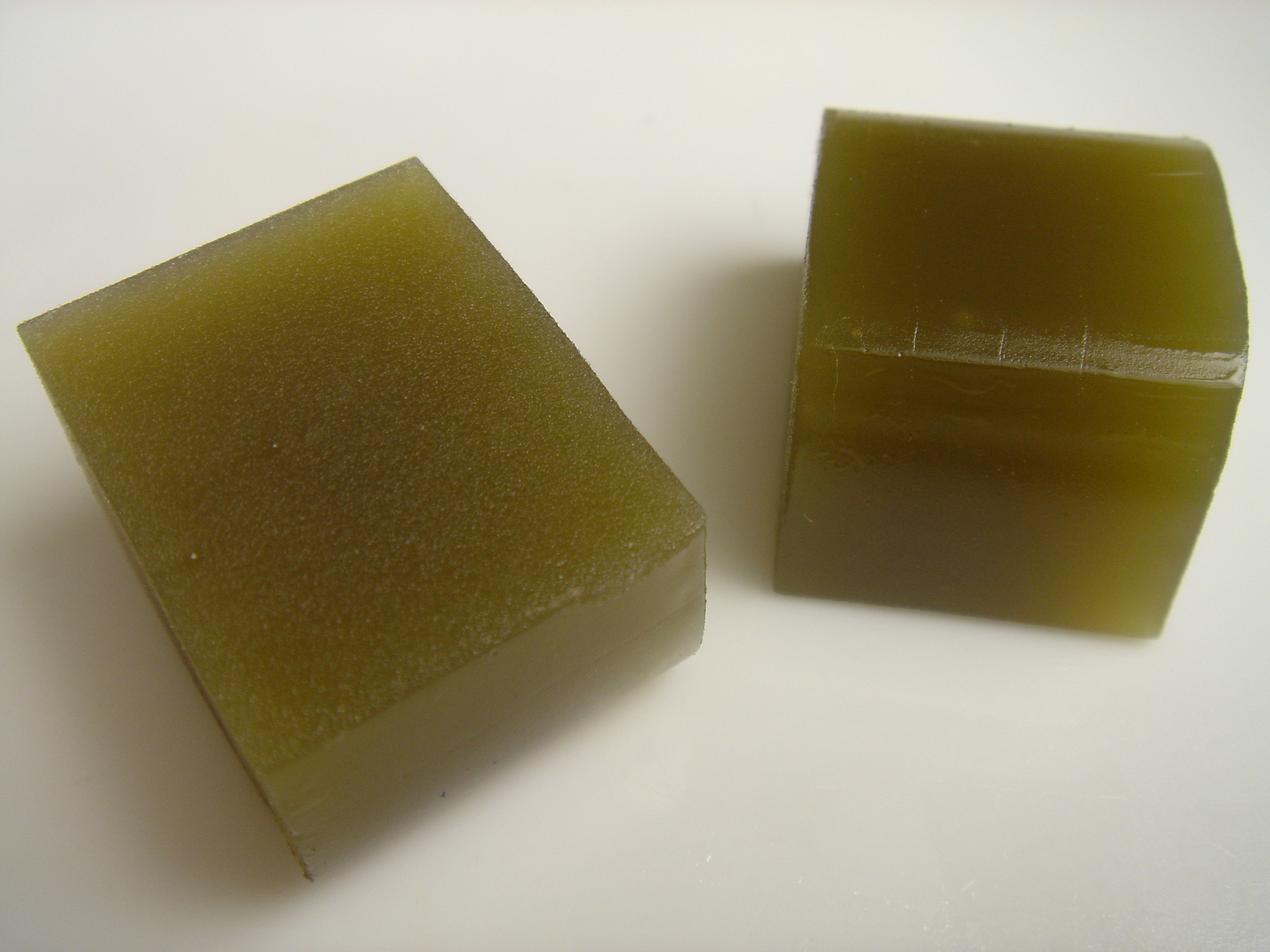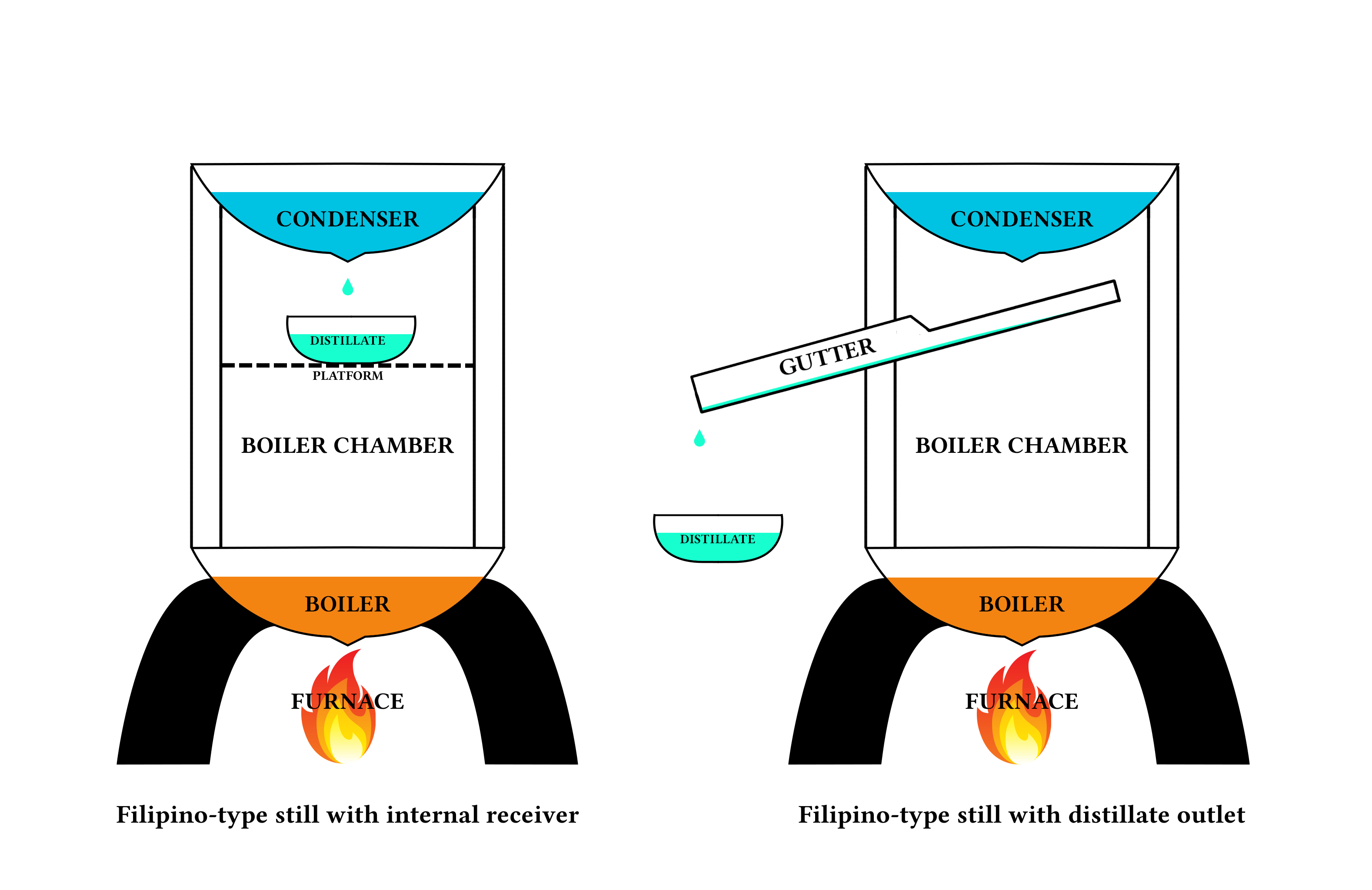|
Comparison Of Islamic And Jewish Dietary Laws
The Islamic dietary laws (''halal'') and the Kashrut, Jewish dietary laws (''kashrut''; in English, ''kosher'') are both extremely detailed, and contain both points of similarity and discord. Both are the dietary laws and described in distinct religious texts: an explanation of the Islamic code of law found in the Quran and Sunnah and the Jewish code of laws found in the Torah, Talmud and Shulchan Aruch. As a rule of thumb, most kosher foods not containing alcohol are also halal. However, there are some exceptions, and this article lists the similarities and differences between the two laws. Substance classification Similarities *Pork is prohibited by both sets of beliefs. Animals with fangs (i.e. cats, dogs, lions, bears) are also prohibited by both sets of beliefs, as well as amphibians and reptiles. *Almost all animals that are kosher are also halal, such as bovines and Bovidae, bovids. [...More Info...] [...Related Items...] OR: [Wikipedia] [Google] [Baidu] |
Islamic Dietary Laws
Islamic dietary laws are laws that Muslims follow in their diet. Islamic jurisprudence specifies which foods are halal () and which are haram (). The dietary laws are found in the Quran, the holy book of Islam, as well as in hadith, collections of traditions attributed to the Islamic prophet Muhammad. Herbivores, cud-chewing animals like cattle, deer, sheep, goats, and antelope are some examples of animals that are halal only if they are treated like sentient beings and slaughtered painlessly while reciting the ''basmala'' and ''takbir''. If the animal is treated poorly or tortured while being slaughtered, the meat is haram. Forbidden food substances include alcohol, pork, frog, carrion, the meat of carnivores, and animals that died due to illness, injury, stunning, poisoning, or slaughtering not in the name of God. Regulations of food Halal (permissible, lawful) Quranic verses that have information regarding halal foods include: Q2:173, Q5:5, and Q6:118–119, 121. Permissibl ... [...More Info...] [...Related Items...] OR: [Wikipedia] [Google] [Baidu] |
Agar
Agar ( or ), or agar-agar, is a jelly-like substance consisting of polysaccharides obtained from the cell walls of some species of red algae, primarily from " ogonori" and " tengusa". As found in nature, agar is a mixture of two components, the linear polysaccharide agarose and a heterogeneous mixture of smaller molecules called agaropectin. It forms the supporting structure in the cell walls of certain species of algae and is released on boiling. These algae are known as agarophytes, belonging to the Rhodophyta (red algae) phylum. The processing of food-grade agar removes the agaropectin, and the commercial product is essentially pure agarose. Agar has been used as an ingredient in desserts throughout Asia and also as a solid substrate to contain culture media for microbiological work. Agar can be used as a laxative; an appetite suppressant; a vegan substitute for gelatin; a thickener for soups; in fruit preserves, ice cream, and other desserts; as a clarifying ... [...More Info...] [...Related Items...] OR: [Wikipedia] [Google] [Baidu] |
Wine
Wine is an alcoholic drink made from Fermentation in winemaking, fermented fruit. Yeast in winemaking, Yeast consumes the sugar in the fruit and converts it to ethanol and carbon dioxide, releasing heat in the process. Wine is most often made from grapes, and the term "wine" generally refers to grape wine when used without any qualification. Even so, wine can be made fruit wine, from a variety of fruit crops, including plum, cherry, pomegranate, blueberry, Ribes, currant, and Sambucus, elderberry. Different varieties of grapes and Strain (biology), strains of yeasts are major factors in different styles of wine. These differences result from the complex interactions between the Biochemistry, biochemical development of the grape, the reactions involved in fermentation, the grape's growing environment (terroir), and the wine production process. Many countries enact legal appellations intended to define styles and qualities of wine. These typically restrict the geographical origin ... [...More Info...] [...Related Items...] OR: [Wikipedia] [Google] [Baidu] |
List Of Eating Utensils
A variety of eating utensils have been used by people to aid eating when dining. Most societies traditionally use bowls or dishes to contain food to be eaten, but while some use their hands to deliver this food to their mouths, others have developed specific tools for the purpose. In Western cultures, cutlery items such as Table knife, knives and forks are the traditional norm, while in much of the Eastern Culture, East, chopsticks are more common. Spoons are ubiquitous. History In some cultures, such as Ethiopian cuisine, Ethiopian and Etiquette of Indian dining, Indian, hands alone are used or bread takes the place of non-edible utensils. In others, such as Japanese cuisine, Japanese and Chinese cuisine, Chinese, where bowls of food are more often raised to the mouth, little modification from the basic pair of chopsticks and a spoon has taken place. Western culture has taken the development and specialization of eating utensils further, with the result that multiple utensils ... [...More Info...] [...Related Items...] OR: [Wikipedia] [Google] [Baidu] |
Kitchen Utensils
A kitchen utensil is a hand-held, typically small tool that is designed for food-related functions. Food preparation utensils are a specific type of kitchen utensil, designed for use in the preparation of food. Some utensils are both food preparation utensils and eating utensils; for instance some implements of cutlery – especially knives – can be used for both food preparation in a kitchen and as eating utensils when dining (though most types of knives used in kitchens are unsuitable for use on the dining table). In the Western world, utensil invention accelerated in the 19th and 20th centuries. It was fuelled in part by the emergence of technologies such as the kitchen stove and refrigerator, but also by a desire to save time in the kitchen, in response to the demands of modern lifestyles. Cornell Un ... [...More Info...] [...Related Items...] OR: [Wikipedia] [Google] [Baidu] |
Dairy
A dairy is a place where milk is stored and where butter, cheese, and other dairy products are made, or a place where those products are sold. It may be a room, a building, or a larger establishment. In the United States, the word may also describe a dairy farm or the part of a mixed farm dedicated to milk for human consumption, whether from cows, buffaloes, goats, yaks, sheep, horses or camels. The attributive ''dairy'' describes milk-based products, derivatives, and processes, and the animals and workers involved in their production, for example dairyman, dairymaid, dairy cattle or dairy goat. A dairy farm produces milk and a dairy factory processes it into a variety of dairy products. These establishments constitute the global dairy industry, part of the food industry. The word ''dairy'' comes from an Old English word for ''female servant'', as milking was historically done by dairymaids. Terminology Terminology differs between countries. In the United States, for ex ... [...More Info...] [...Related Items...] OR: [Wikipedia] [Google] [Baidu] |
Mezcal
Mezcal (, ), sometimes spelled mescal, is a liquor, distilled alcoholic beverage made from any type of agave. Agaves or magueys are endemic to the Americas and found globally as ornamental plants. The ''Agave'' genus is a member of the Agavoideae subfamily of the Asparagaceae plant family which has list of Agave species, almost 200 species. Mezcal is made from over 30 ''Agave'' species, varieties, and subvarieties. Native fermented drinks from agave plants, such as ''pulque'', existed before the arrival of the Spanish, but the origin of mezcal is tied to the introduction of Filipino-type stills to New Spain by Filipino people, Filipino migrants via the Manila galleons in the late 1500s and early 1600s. These stills were initially used to make ''vino de coco'', but they were quickly adopted by the indigenous peoples of the Pacific coastal regions of Mexico and applied to the distillation of agave to make mezcal. Mezcal is made from the heart of the agave plant, called the . Th ... [...More Info...] [...Related Items...] OR: [Wikipedia] [Google] [Baidu] |
Jewish
Jews (, , ), or the Jewish people, are an ethnoreligious group and nation, originating from the Israelites of History of ancient Israel and Judah, ancient Israel and Judah. They also traditionally adhere to Judaism. Jewish ethnicity, religion, and community are highly interrelated, as Judaism is their ethnic religion, though it is not practiced by all ethnic Jews. Despite this, religious Jews regard Gerim, converts to Judaism as members of the Jewish nation, pursuant to the Conversion to Judaism, long-standing conversion process. The Israelites emerged from the pre-existing Canaanite peoples to establish Kingdom of Israel (Samaria), Israel and Kingdom of Judah, Judah in the Southern Levant during the Iron Age.John Day (Old Testament scholar), John Day (2005), ''In Search of Pre-Exilic Israel'', Bloomsbury Publishing, pp. 47.5 [48] 'In this sense, the emergence of ancient Israel is viewed not as the cause of the demise of Canaanite culture but as its upshot'. Originally, J ... [...More Info...] [...Related Items...] OR: [Wikipedia] [Google] [Baidu] |
Alcohol (drug)
Alcohol, sometimes referred to by the chemical name ethanol, is the active ingredient in alcoholic drinks such as beer, wine, and distilled spirits (hard liquor). Alcohol is a central nervous system (CNS) depressant, decreasing Action potential, electrical activity of neurons in the brain, which causes the characteristic effects of alcohol intoxication ("drunkenness"). Among other effects, alcohol produces euphoria, anxiolytic, decreased anxiety, increased sociability, sedation, and impairment of cognitive, memory, motor control, motor, and sense, sensory function. Alcohol has a variety of adverse effects. Short-term effects of alcohol consumption, Short-term adverse effects include generalized impairment of neurocognitive function, dizziness, nausea, vomiting, and symptoms of hangover. Alcohol is addiction, addictive and can result in alcohol use disorder, Substance dependence, dependence, and Alcohol withdrawal syndrome, withdrawal upon cessation. The long-term effects of ... [...More Info...] [...Related Items...] OR: [Wikipedia] [Google] [Baidu] |
Yemenite Jews
Yemenite Jews, also known as Yemeni Jews or Teimanim (from ; ), are a Jewish diaspora group who live, or once lived, in Yemen, and their descendants maintaining their customs. After several waves of antisemitism, persecution, the vast majority of Yemenite Jews aliyah, emigrated to Israel in Operation Magic Carpet (Yemen), Operation Magic Carpet between June 1949 and September 1950. Most Yemenite Jews in Israel, Yemenite Jews now live in Israel, with smaller communities in the United States and elsewhere. As of 2024, only one Jew, Levi Marhabi, remains in Yemen, although ''Ynet'' cited local sources stating that the actual number is five. Yemenite Jews observe a unique religious tradition that distinguishes them from Ashkenazi Jews, Sephardic Jews, and Jewish ethnic divisions, other Jewish groups. They have been described as "the most Jewish of all Jews" and "the ones who have preserved the Hebrew language the best". Yemenite Jews are considered Mizrahi Jews, Mizrahi or "Eastern ... [...More Info...] [...Related Items...] OR: [Wikipedia] [Google] [Baidu] |
Kosher Locust
Kosher locusts are types of orthopterans deemed permissible for consumption under the laws of ''kashrut'' (Jewish dietary law). While the consumption of most insects is generally forbidden, Leviticus excepts four categories of flying insects (for that reason, the term "kosher locust" is somewhat of a misnomer). However, the identity of those species is in dispute. Before their emigration to Israel in the mid-20th century, the Jewish communities of Yemen and parts of northern Africa, ate certain species which they preserved a tradition to be kosher, and they continue to do so occasionally to this day. Biblical Source The general rule regarding flying insects is as follows: :All winged swarming things that go upon all fours are a detestable thing unto you. However, an exception is made for four categories of flying insects: :Yet these may ye eat of all winged swarming things that go upon all fours, which have jointed legs above their feet, with which to leap upon the earth. Thes ... [...More Info...] [...Related Items...] OR: [Wikipedia] [Google] [Baidu] |
Grasshopper
Grasshoppers are a group of insects belonging to the suborder Caelifera. They are amongst what are possibly the most ancient living groups of chewing herbivorous insects, dating back to the early Triassic around 250 million years ago. Grasshoppers are typically ground-dwelling insects with powerful hind legs which allow them to escape from threats by leaping vigorously. Their front legs are shorter and used for grasping food. As hemimetabolous insects, they do not undergo complete metamorphosis; they hatch from an egg into a Nymph (biology), nymph or "hopper" which undergoes five moults, becoming more similar to the adult insect at each developmental stage. The grasshopper hears through the tympanal organ which can be found in the first segment of the abdomen attached to the thorax; while its sense of vision is in the compound eyes, a change in light intensity is perceived in the simple eyes (ocelli). At high population densities and under certain environmental conditions, som ... [...More Info...] [...Related Items...] OR: [Wikipedia] [Google] [Baidu] |










